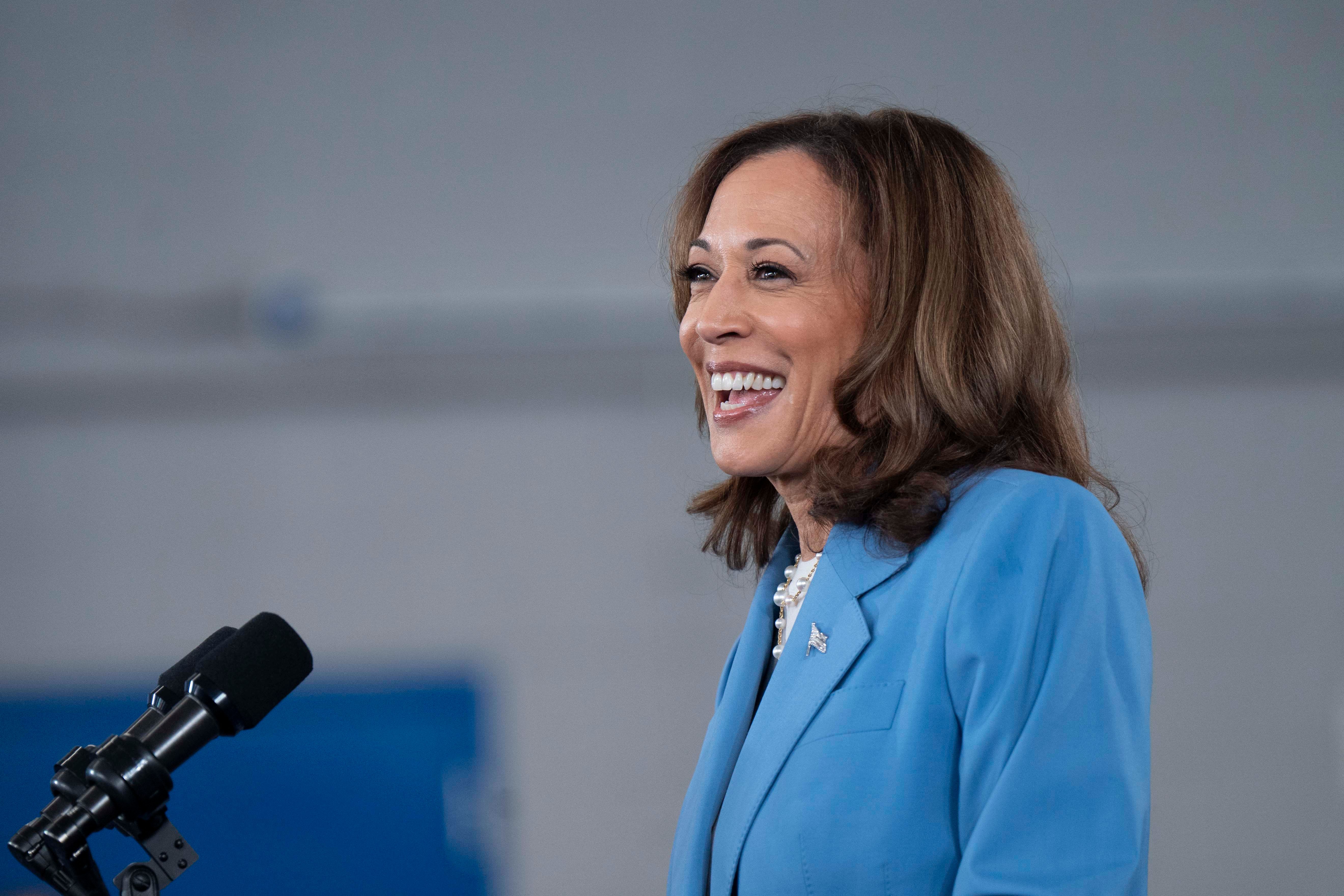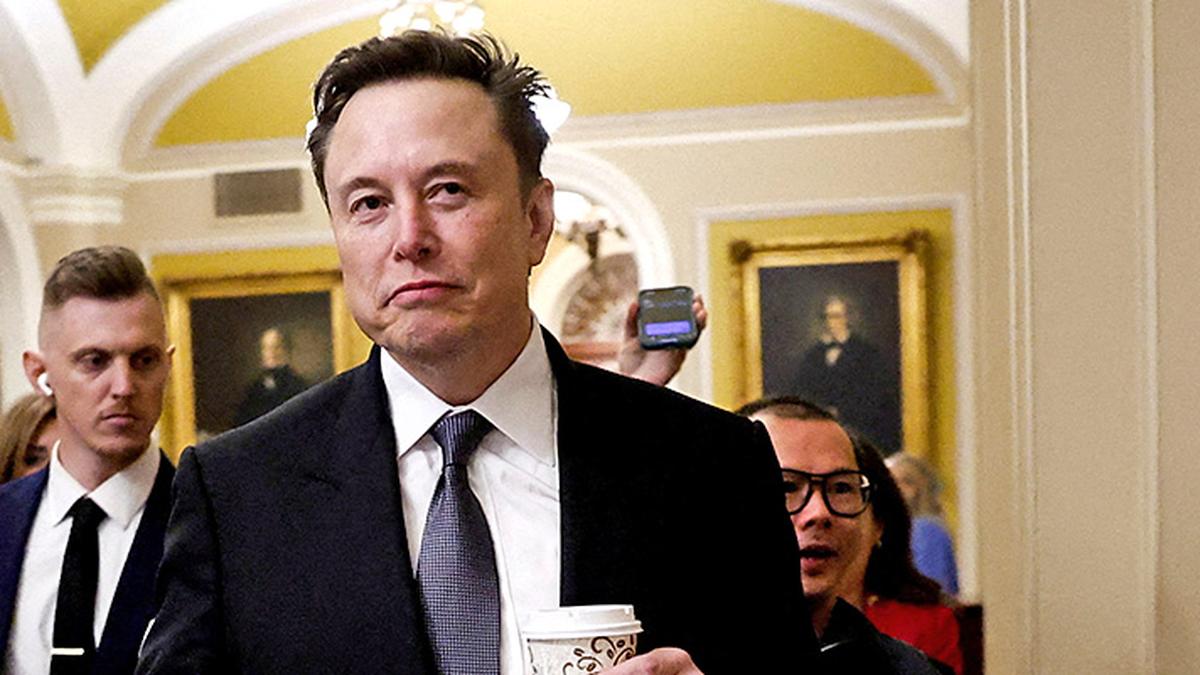
Inside the Harris Campaign’s Ambitious Bid to Rekindle Silicon Valley Ties
In an unprecedented move, key figures from Kamala Harris’s inner circle have embarked on a robust campaign aimed at winning back the trust of the tech industry—an essential voter bloc that once staunchly supported the Democratic Party. This revitalized effort highlights both the internal and external challenges faced by the vice president as she attempts to navigate the complexities of a rapidly shifting political landscape.
A Changing Political Landscape
Traditionally, Silicon Valley has served as a bastion of Democratic support, notably contributing to Barack Obama’s historic election in 2008. However, recent trends indicate a concerning shift, with many industry heavyweights increasingly gravitating towards the Republican Party. High-profile figures like Tesla CEO Elon Musk have been vocal in their opinions, raising alarm bells within the Democratic establishment about the potential for long-term disenfranchisement of tech leaders.
Harris’s campaign aims to restore confidence among executives strained by President Biden’s policies, particularly those targeting antitrust measures and cryptocurrency regulations. Many in the tech sector feel aggrieved, viewing the current administration’s stance as overly restrictive and detrimental to innovation. This realization has catalyzed Harris’s charm offensive, aiming to realign crucial tech donors with a more business-friendly image.
 Harris’s outreach efforts are designed to resonate with the tech community.
Harris’s outreach efforts are designed to resonate with the tech community.
The Harris Approach: Listening and Engaging
One of the most notable strategies being deployed by the Harris campaign is a direct appeal to industry leaders, characterized by a series of fundraisers and private meetings designed to foster dialogue. The momentum has been commendably energetic, demonstrating that the campaign is committed to adapting its messaging based on legitimate input.
Mark Cuban, the investor and entrepreneur, noted that the approach represents a paradigm shift compared to the previous administration’s aloofness, stating, > “They have been public about wanting to take input wherever they can regardless of party affiliation… That is 180 degrees from where it had been.” This commitment to dialogue has sparked cautious optimism among some Silicon Valley executives.
Navigating a Minefield of Expectations
However, Harris’s team faces a significant balancing act. The tech sector is now divided; many staffers are urging a shift away from prior administration appointees seen as unsupportive of growth and innovation. Yet, Harris must also appease the progressive wing of her party that champions stringent regulation and antitrust actions against major tech players. This internal conflict presents a perplexing conundrum: how can she cater to both camps without alienating either?
This question loomed large during a recent event where tech executives openly discussed their concerns. Attendees walked away with an impression that Harris is keen on understanding the needs of the tech industry but remains hesitant to disclose specific policy changes. Harris has kept her cards close to the vest, largely opting for a listening mode rather than committing to concrete promises. Many are left speculating what this future engagement might entail.
 Private meetings reveal the intricate dynamics of political engagement in tech.
Private meetings reveal the intricate dynamics of political engagement in tech.
The Importance of Image and Messaging
What is becoming clear is that image matters, especially during a pivotal election cycle. The Harris campaign has managed to attract significant contributions from the tech industry, with reports suggesting fundraising tickets reaching as high as $50,000 per person. These figures underscore both the importance of this sector to Harris’s campaign and the lengths to which she is willing to go to demonstrate her accessibility.
At a recent fundraiser, discussions with major tech investors revealed they are looking for a leader who will genuinely engage with their concerns. The feedback gleaned from these sessions has already begun to inform Harris’s rhetoric on emerging technologies, including promising that her administration would prioritize the U.S.’s dominance in AI, quantum computing, and blockchain technologies. This aligns with the industry’s vision of a future where tech innovation flourishes unimpeded by overzealous regulation.
Seeking a Middle Ground
Yet, one of the most contentious aspects of this campaign will undoubtedly revolve around who she chooses to retain within her administration. The potential decision to keep Federal Trade Commission Chair Lina Khan has sparked intense debate, with many in tech lobbying for her ouster due to her aggressive stance on antitrust issues.
Still, hope persists among some that Harris’s longstanding ties to Silicon Valley will result in a more balanced approach to regulation. The instance of discussions with Ben Horowitz highlights this dynamic, showcasing that a dialogue has begun, albeit cautious. It suggests that perhaps both parties can find common ground, if only sufficient goodwill remains to foster collaboration.
 Executives express their views on policy direction amid the evolving political climate.
Executives express their views on policy direction amid the evolving political climate.
Looking Ahead: The Road to 2024
As we draw closer to the 2024 election, Harris’s strategy will likely continue to evolve as she responds to both the internal pressures of her party and the needs of the external tech community. Conducting outreach successfully and addressing tech leaders’ concerns will be critical to maintaining a vital support base.
In a landscape fraught with challenges, the question remains: can Harris effectively bridge the gap between the tech elite and progressive demands without losing the trust of either? As she forges ahead, all eyes will be on her actions, keen to see if this charm offensive can transform into a robust alliance capable of redefining the Democratic landscape—a landscape that remains as volatile as the markets these tech leaders navigate daily.













